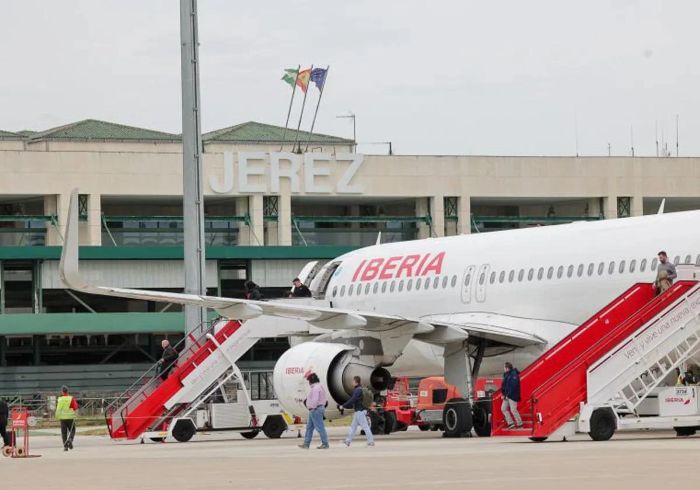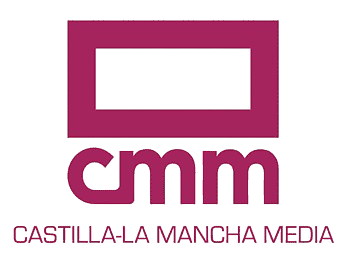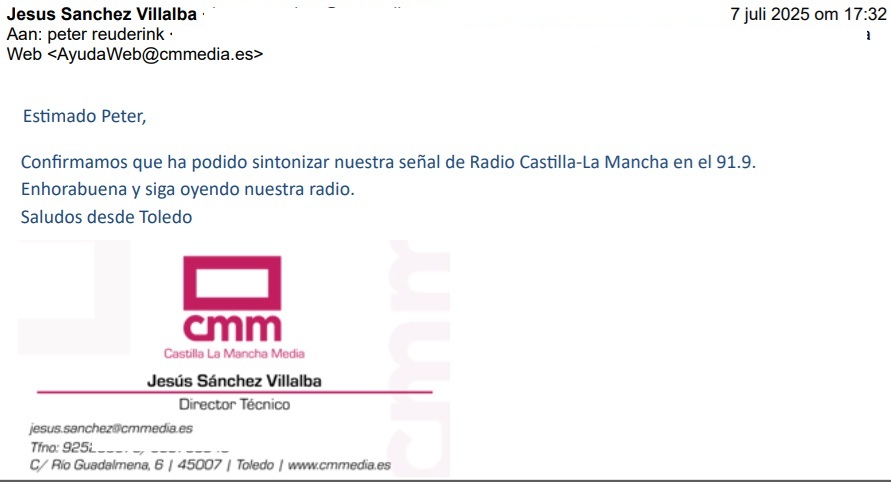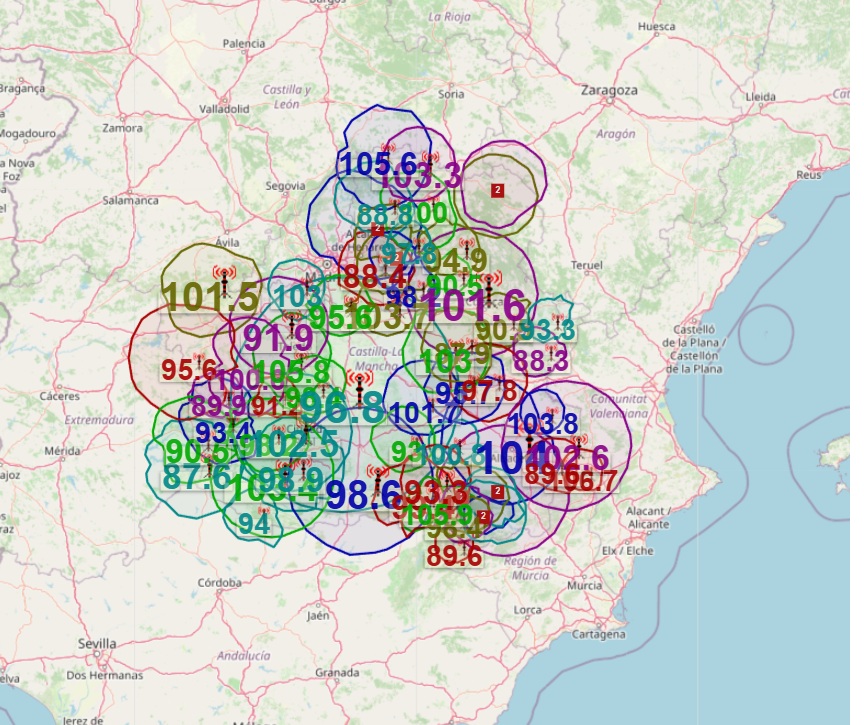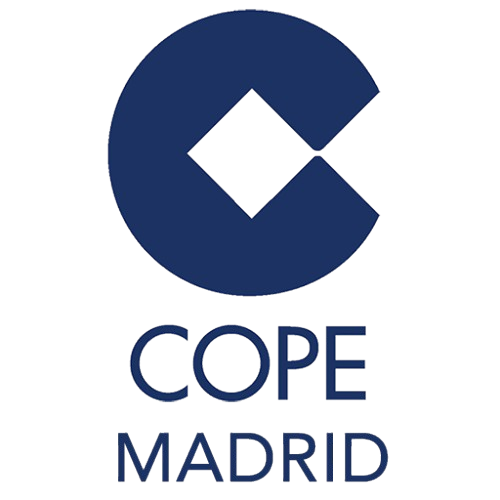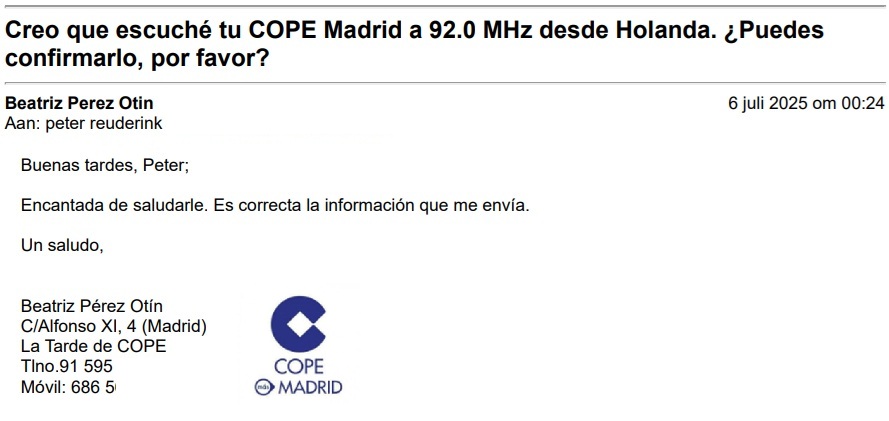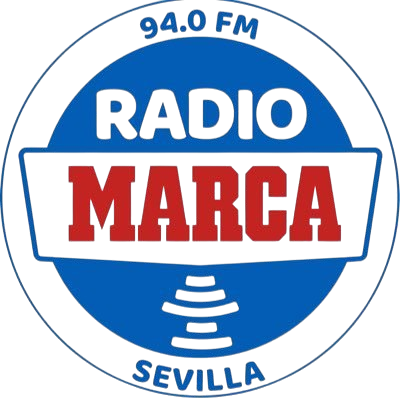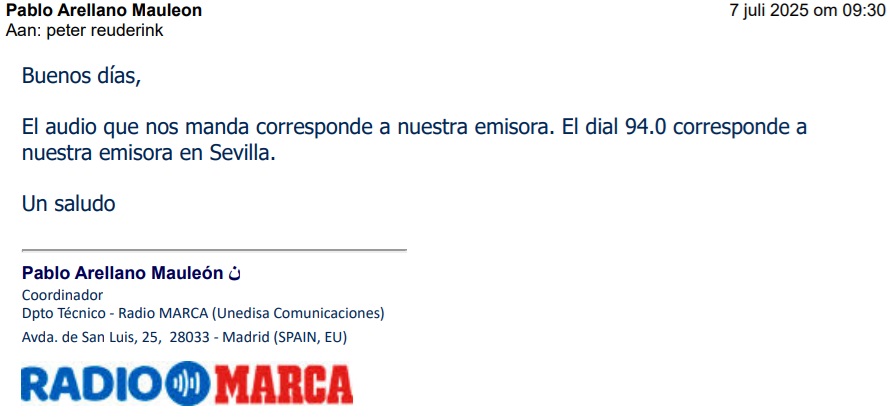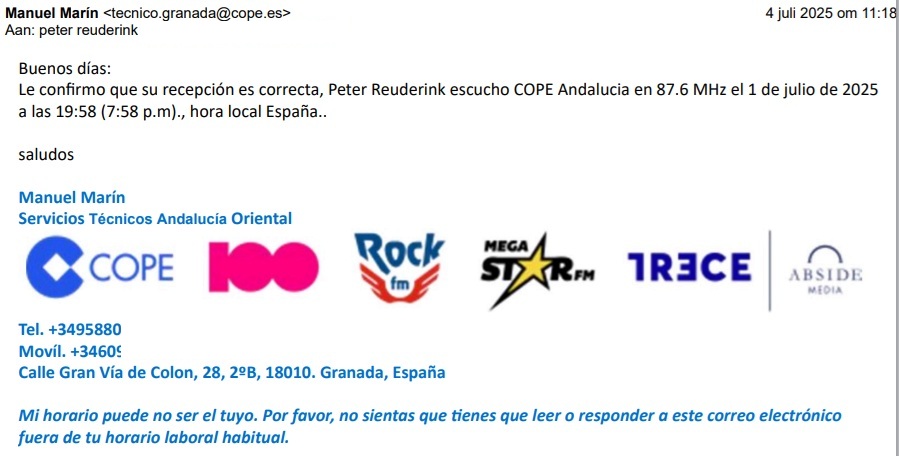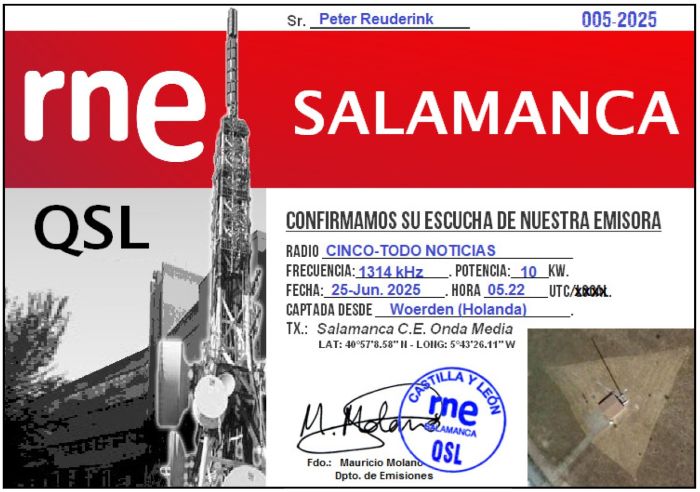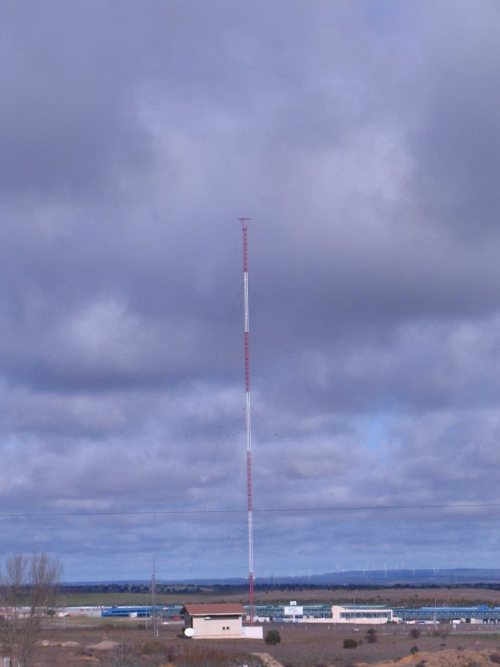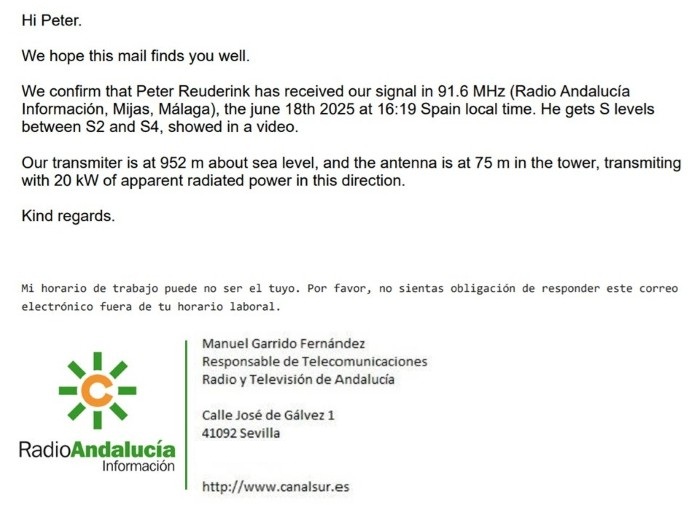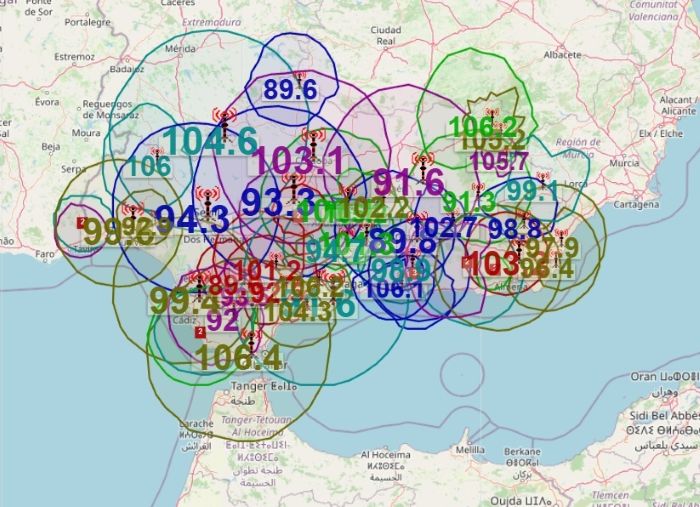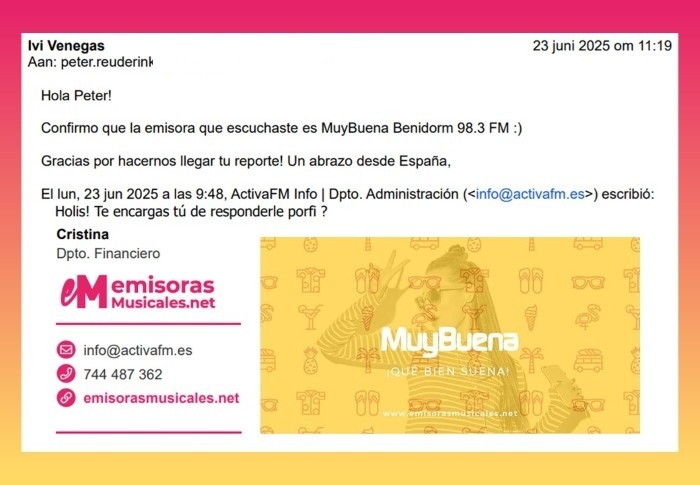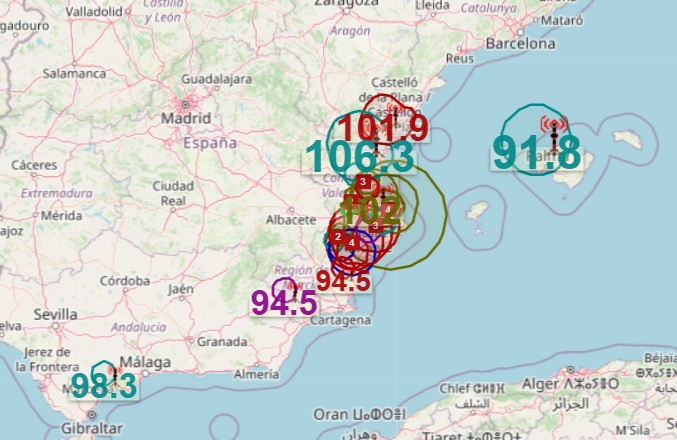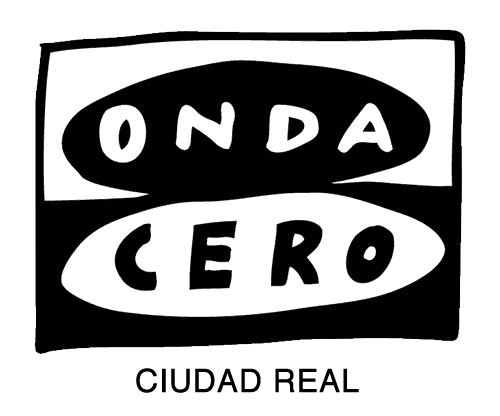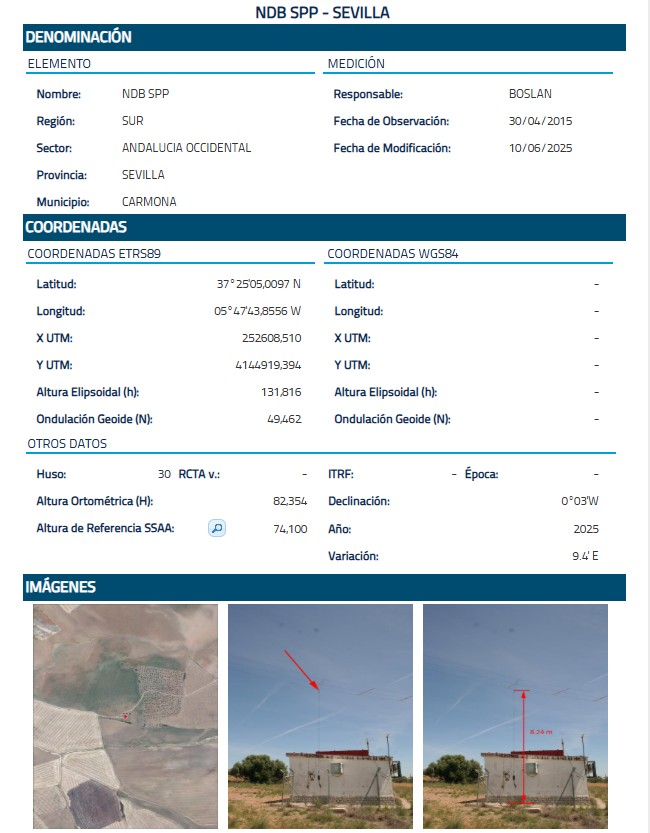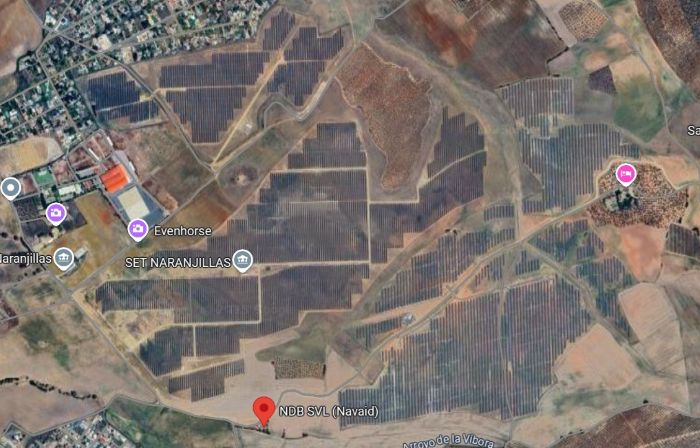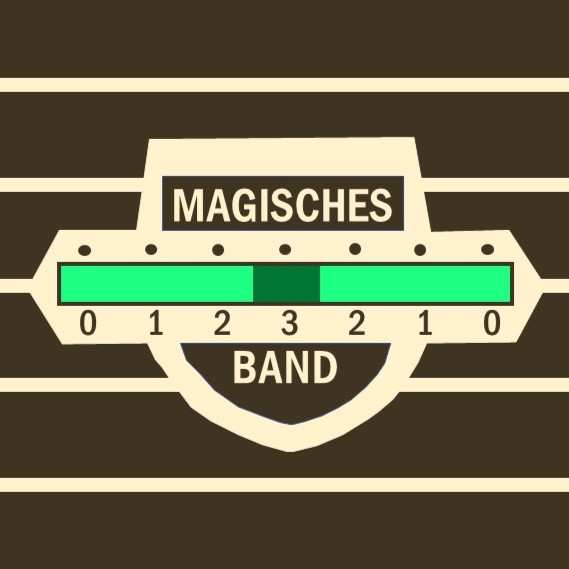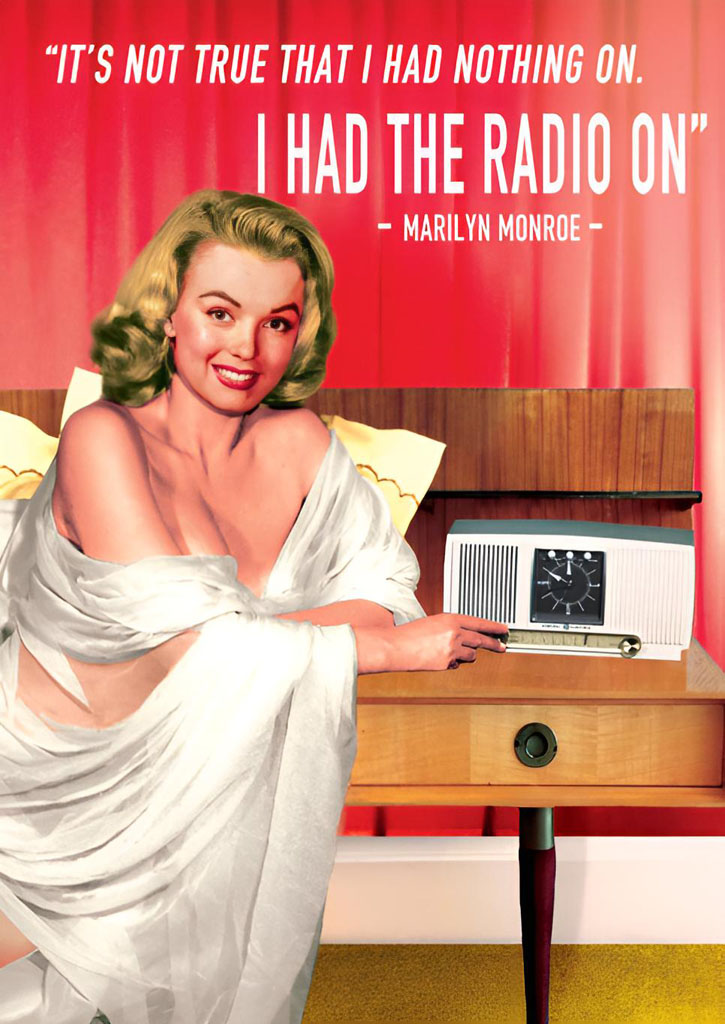
NDB JER on 433 kHz is another beacon with the typical T-antenna set-up in use by Enaire. As usual for my reception report to informacion@enaire.es I got a nice confirmation email with data sheet:
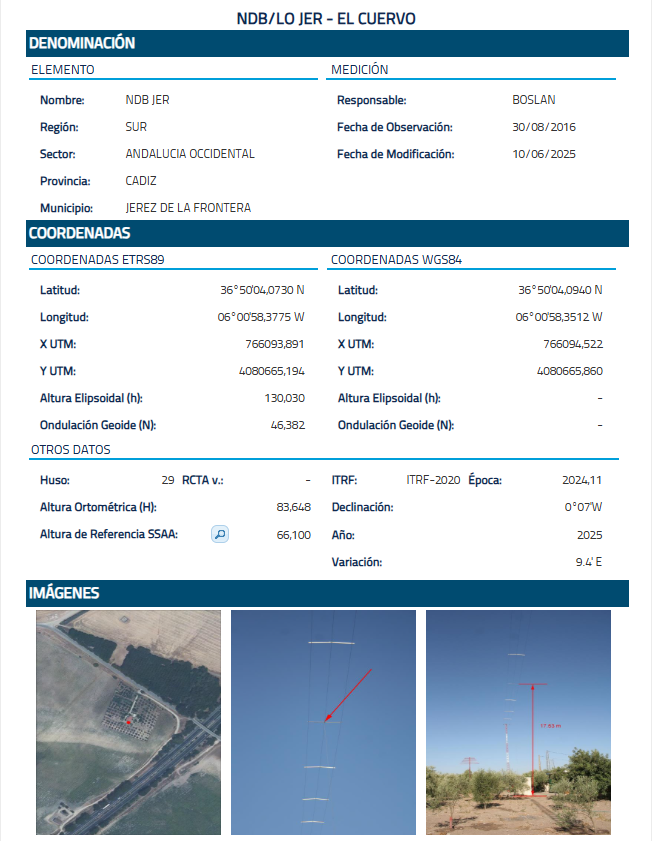
The beacon is located 10 kilometers NNE of Jerez Airport, aligned with the runway of Aeropuerto de Jerez. It is pretty well visible on Googlemaps. The entrance is fenced off with multiple warnings that cell phones are prohibited. Not sure if this makes sense for an NDB, but it looks like there is other communication infrastructure present at the location as well:

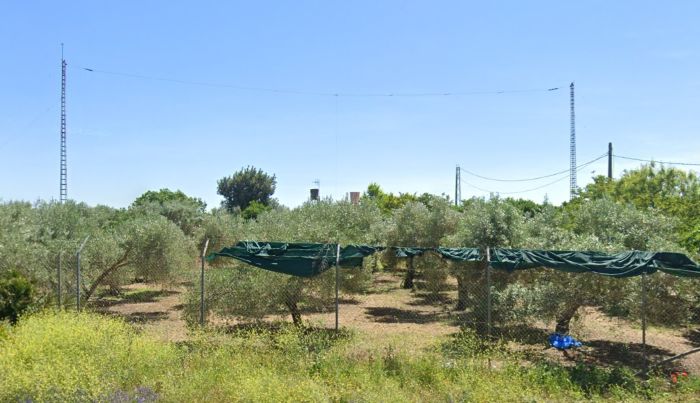
The history of Aeropuerto de Jerez goes back to 1936. At the beginning of the Spanish Civil War an airport was needed in the south of Spain for the transfer of rebel troops to and from North Africa. It was decided to build a provisional airport south of Jerez de la Frontera on a provisional basis. But already during the civil war, in 1937, it was decided to build a new permanent airport on the current location.
The people of Jerez de la Frontera bought Jerez de la Frontera Airport ( Cádiz ) for almost one and a half million pesetas, opening in 1946 to civil air traffic, national passengers and freight. With tourism growing it is now an international airport, the 18th in size in Spain, the 3rd in size in Andalusia.
